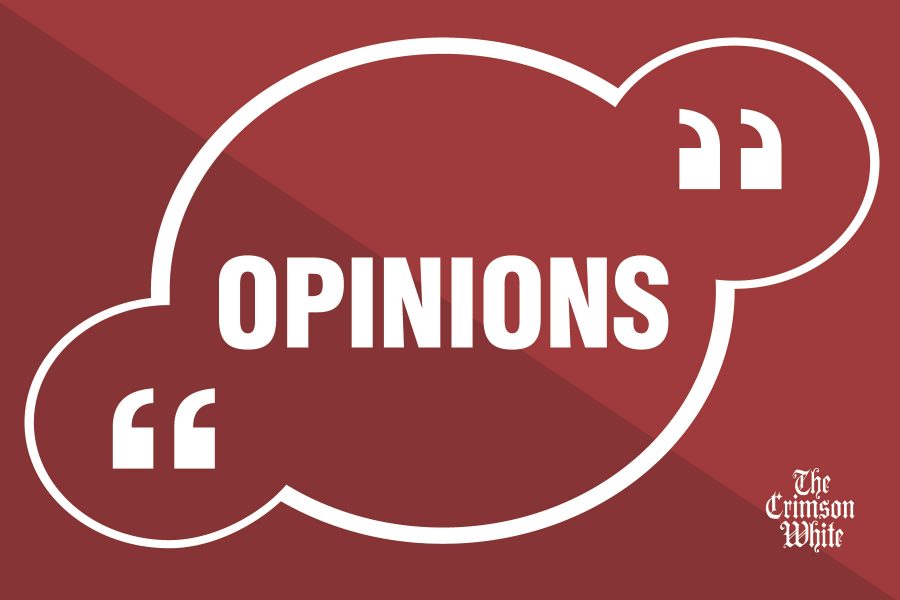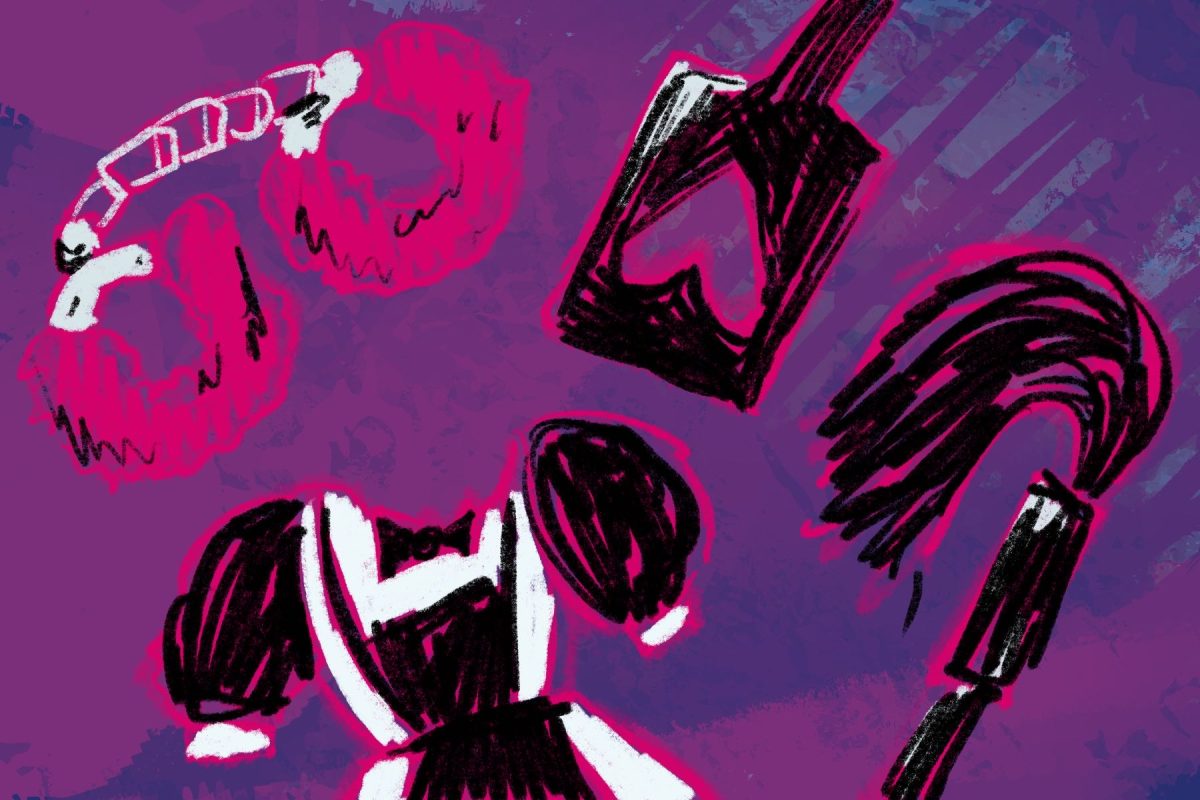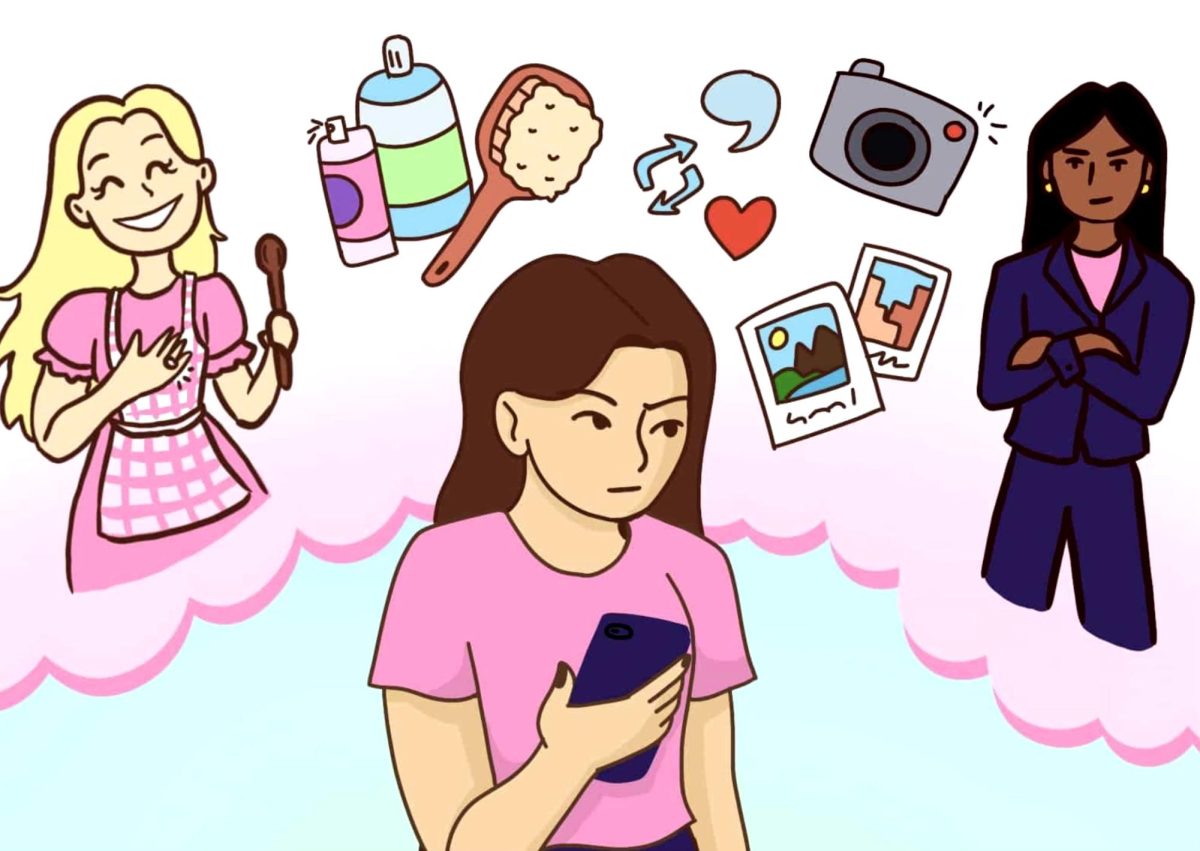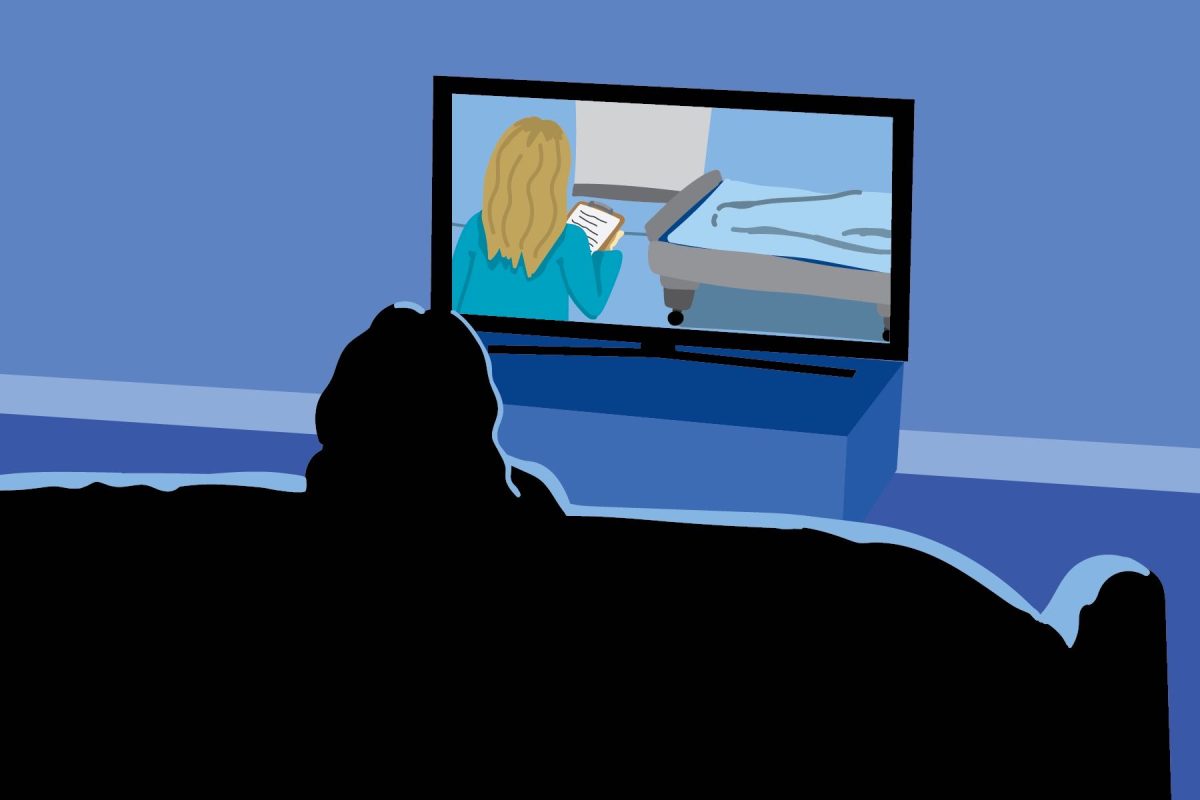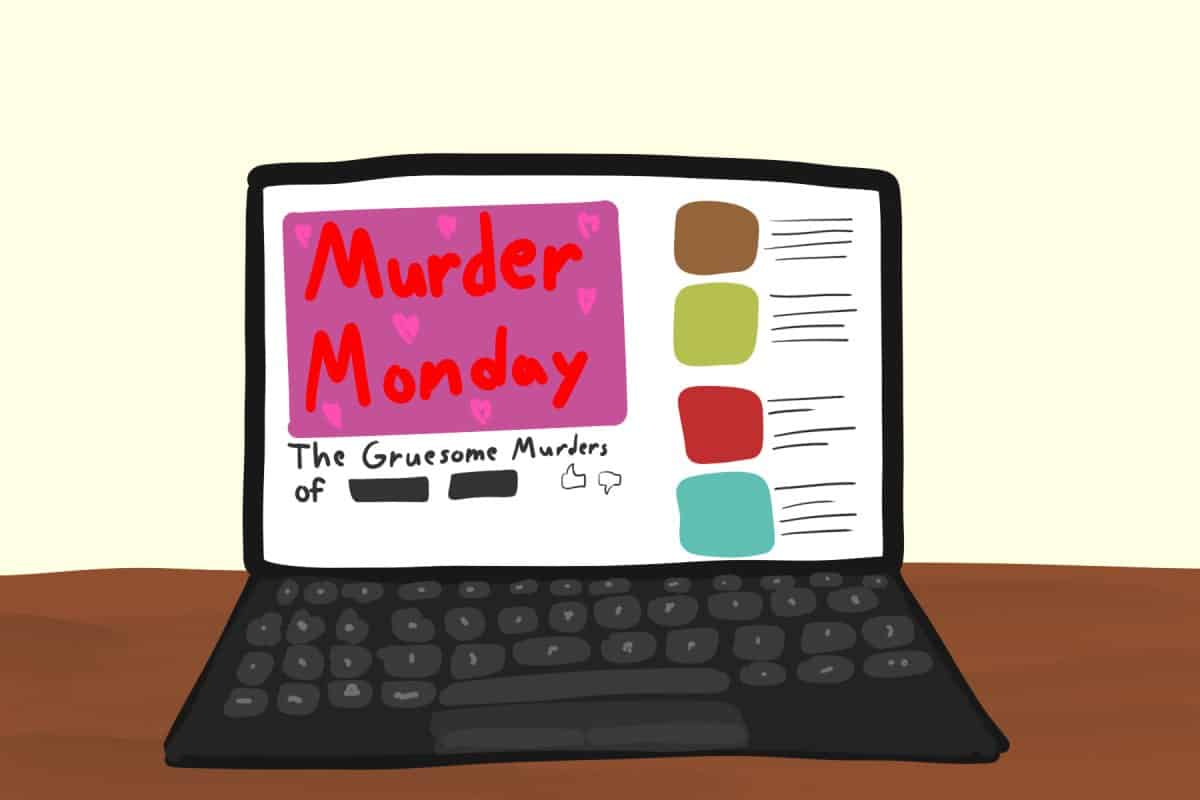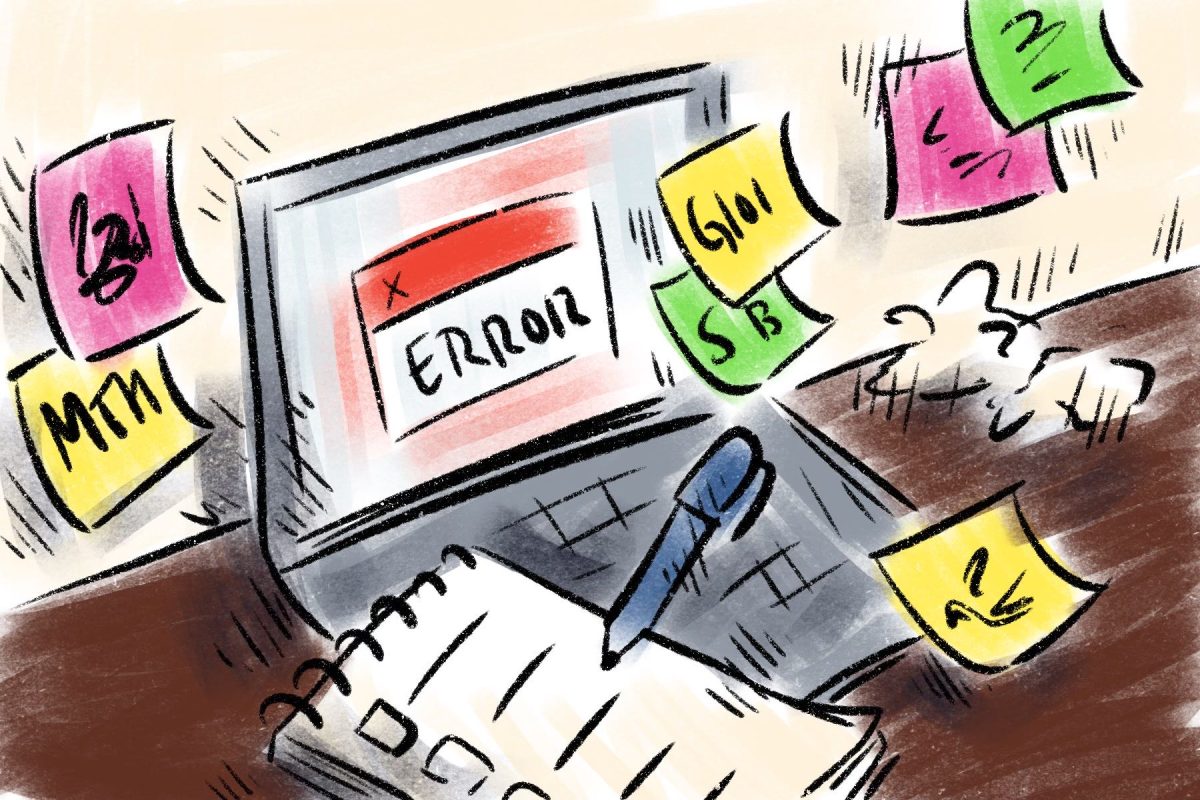Earlier this semester, I had the opportunity to watch Jason Isbell and the 400 Unit perform live at the Alabama Theatre in Birmingham. This was my first chance to hear Isbell, who grew up minutes away from my hometown, perform live. I had been a fan of his for a few years, enraptured by the detail of his lyrics and poignancy of his music, and seeing him perform live validated every positive feeling I’d previously had toward his talent and that of his band.
I’ve been going to a couple of concerts a year for as long as I can remember, and every experience has been just as validating, whether it’s Colony House at Saturn or Ben Rector at the Tuscaloosa Amphitheatre. Live music provides an opportunity to support your favorite artists while connecting with the music in a way that an album just can’t provide.
In the era of streaming, it is more important now than ever to support artists directly. Digital streaming sources like Spotify pay out royalties that average less than 1 cent per stream, and 99 percent of the music streamed is comprised of the top 10 percent of tracks on the service, according to reports by The Verge and Pitchfork. Combine this with the fact that these royalties are distributed to all parties involved in the production of a song or album, including producers, band members and the performer, and the gains are meager at best. Attending a concert is a way to directly support your favorite artist in a more substantial way than just streaming their songs.
Concerts also provide a chance to connect with an artist and their work in a way that recordings simply cannot. At his January show, Isbell opened the performance with “Last of My Kind,” the opening track from his newest album, The Nashville Sound. The song never particularly stood out to me previously; I knew it was good but had not spent much time thinking about it otherwise. It opens quietly, led by an acoustic guitar, keys and Isbell’s striking lyrics. A hush fell over the sold-out theatre and I listened to the song as if for the very first time, experiencing every emotion of the out-of-place, lonely narrator. His story unfolded like a movie on a screen until the last chorus faded into a music break that was made to be performed live; even as I listen to the song now, I see myself in that auditorium, the band on the stage in front of me, and I return to the emotions that were stirred then.
And that was just the first song! Over and over throughout the night, I found myself swept into the stories the band was telling from the stage. I had heard most of the songs before, but felt like I had never truly understood the depth behind them until after I heard them live. This live experience gave me a greater appreciation for the band’s musical talent as well, and I was engulfed in the sound emanating from the front of the auditorium, leaving me surprised and disappointed to see the show had gone by so quickly.
While this specific emotional experience was unique to Isbell’s show, I could make a similar case for every live show I’ve seen. Seeing an artist live is not something that be replicated or even communicated sufficiently; it is an immersive and personal experience. Attending these shows also provides a unique opportunity to support artists, since many cannot depend on streaming platforms to financially sustain them, and gives the listener a greater appreciation of the craft and an in-person glimpse into the personality of the artist or band.
Emily Strickland is a junior majoring in journalism. Her column runs biweekly.



